Why Your Nails Peel and How to Treat Them
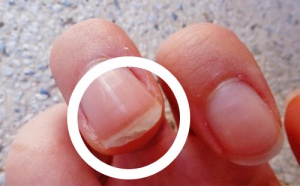
If you’ve ever wondered why your nails peel and how to stop it, keep reading. There are a lot of things that could make nails peel, from stress to a poor diet, experiencing thyroid problems or leaving your hands in water for a long period of time. This article will take a look at causes, treatments, and solutions for nails that peel.
You might like: What Your Nails Say About Your Personality
Reasons Why Your Nails Peel
There are several different reasons your nails peel. It’s good to talk to your doctor about it, but you could also treat it at home or use preventive treatments.
1. Poor Diet
If a poor diet is what’s causing your nails to peel, this is due to a lack of calcium. In order to counteract this, you could consume dairy products such as milk, yogurt, and cheese. In addition, there are great sources of calcium in spinach, Swiss chard, and all other leafy green vegetables.
Avoid consuming sodas, yerba mate, tea, coffee, etc., because they block optimal absorption of this vital nutrient. You could also take supplements for Vitamins A, B, and D, or calcium.
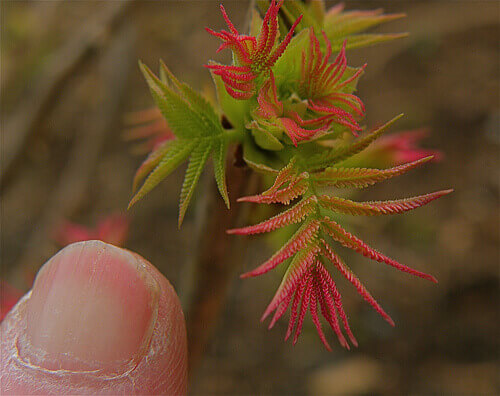
2. Dehydration
If your nails peel due to dehydration, we recommend consuming fruits, liquids (water and juices), and vegetables such as tomatoes to prevent the peeling from worsening. Use a moisturizing cream on your nails at least once a day.
If at all possible, do this before going to bed or after your nails have been in contact for a long time with water (washing clothes by hand, washing a lot of dishes, bathing the kids or soaking in the tub).
You could also do this for individuals that chew or bite their nails. In addition to being a terrible habit that weakens the enamel on your teeth, nail biting also keeps your nails in contact with water (saliva).
3. Aesthetic treatments
In regards to aesthetics, some treatments or practices could damage nail health. The following are practices that could negatively affect your nail health:
- Applying fake nails
- Filing your nails too much
- Using poor quality nail polishes
- Using nail polishes with too much formaldehyde
- Repeatedly drying your nails when they’re wet
- Removing fingernail polish with aggressive chemicals such as acetone (this is also bad for your skin)
- Not waiting a day or two to paint your nails after you’ve removed polish so the nails can “breathe”
4. Harsh Chemicals
Another reason your nails peel could be because they are in contact with harsh chemical products like disinfectants or cleaners. Be sure to use gloves when you wash the dishes, clean the kitchen or bathroom, or use harsh cleaning products.
You need to avoid cleaning without gloves because detergents, soaps and other products create skin irritation and can cause nails to weaken and peel.
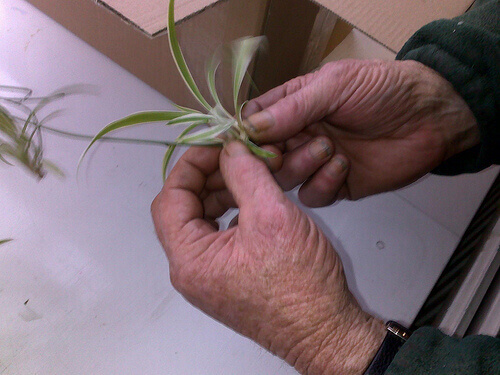
5. Thyroid Imbalances
Thyroid diseases can also decrease nail strength. If your condition is related to your thyroid, you need to consult an endocrinologist to seek treatment as soon as possible. Not only do thyroid problems cause your nails to peel, but there are also other symptoms and effects you need to prevent.
6. Stress or Sleep Deprivation
Lastly, sometimes nails peel due to stress or lack of sleep. These two factors can be modified by simply leaving your work problems at your desk when you leave. Avoid or resolve arguments with your partner, think about how to solve financial problems, etc.
To sleep better, there are some great herbal remedies you can use to prepare nighttime teas to help relax your mind and body.
How to Stop Your Nails From Peeling
- Don’t use poor quality or cheap nail polishes because they could contain chemicals that are harmful to nails and weaken them.
- Use polishes that are specifically designed to prevent nails from peeling. There are a lot of cosmetic brands that offer products to treat this problem and they will probably have the word “therapeutic” on the label.
- Apply nail strengthener three times a week.
- Avoid cutting or pulling off the layers of your nails so as to not further damage what’s left of your nail.
- Submerge your fingers in a bowl with water and apple cider vinegar for 3 minutes, twice a week.
- Use a special nail file and slowly rub it over your nails to remove the flaky layers. This will leave them smoother, however, we don’t recommend doing this very frequently because it will leave your nails very thin.
- Moisten a cotton ball with olive oil and rub it over your nails. As a result, this will moisturize them and seal the flakes so your nails won’t peel even more.
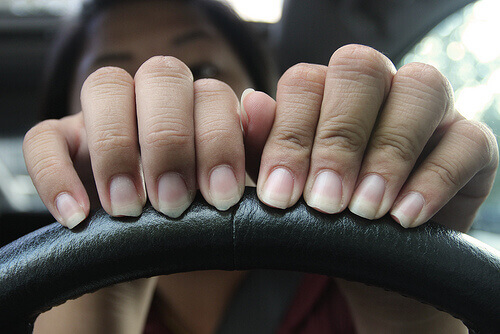
4 Homemade Nail Strengtheners
If you suffer from weak nails that break every so often, a good strengthener is just what you need. This will make them both strong and healthy at the same time.
You can find a wide variety of nail strengthening brands in the stores but there are homemade recipes that are just as effective, cheaper and more natural.
1. Strengthening Nail Cream
Use 2 tablespoons of olive oil, 1 tablespoon of pure honey, a pinch of salt and 1 egg yolk. Mix all ingredients together and apply to your nails. Allow to act for 20 minutes and then rinse with warm water. Repeat three times a week.
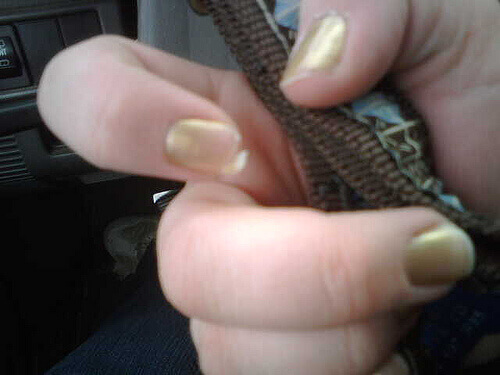 2. Extra Virgin Olive Oil
2. Extra Virgin Olive Oil

Submerge your nails in a bowl of extra virgin olive oil for several minutes before going to bed or moisten a cotton ball with it and massage your nails every night.
Mixing this oil with almond oil would be a perfect combination for strengthening your nails. Use two tablespoons of each oil and apply to your nails. Then, let sit for 10 minutes.
3. “Recharging” strengthener
If you’ve already bought a strengthener at the pharmacy or beauty stores, add one clove of minced garlic to the bottle, 5 drops of lemon juice and 5 drops of white iodine. Then, mix well and let sit for 2 days. Finally, apply this strengthener every day for the following two weeks.
4. Onion
Cut an onion in half and place your nails inside for five minutes. Then, allow to dry outside in the fresh air.
If you nails peel, don’t fret. Thankfully, there are ways to treat this problem. Additionally, it’s important that you pay attention to the causes of this problem in your personal situation.
Moreover, seek medical treatment if your condition doesn’t improve or if you feel you may have a thyroid imbalance or calcium deficiency.
Photos courtesy of Vincent Lock, Peter Stevens, Julian Partridge, viviandnguyen, sjephoto and soaringbird.
All cited sources were thoroughly reviewed by our team to ensure their quality, reliability, currency, and validity. The bibliography of this article was considered reliable and of academic or scientific accuracy.
- Cabeza Martínez R, Leis Dosil V, Suárez Fernández R. Uñas y enfermedades sistémicas. Piel. 2006;21(9):430-434.
- Chessa MA, Iorizzo M, Richert B, López-Estebaranz JL et al. Pathogenesis, Clinical Signs and Treatment Recommendations in Brittle Nails: A Review. Dermatol Ther (Heidelb). 2020 Feb;10(1):15-27
- Dimitris R, Ralph D. Management of simple brittle nails. Dermatol Ther. 2012 Nov-Dec;25(6):569-73.
- Fernández PMA, Serrano FC, Serrano OS. Exploración de las uñas con dermoscopia: onicoscopia. Med Cutan Iber Lat Am. 2013;41(4):151-160.
- Gequelim GC, Kubota CY, Sanches S, Dranka D, Mejia MM, Sumiya FM, Schmitt JV. Perception of brittle nails in dermatologic patients: a cross-sectional study. An Bras Dermatol. 2013 Nov-Dec;88(6):1022-5.
- Halteh P, Scher RK, Lipner SR. Onychophagia: A nail-biting conundrum for physicians. J Dermatolog Treat. 2017 Mar;28(2):166-172.
- Iorizzo M, Pazzaglia M, M Piraccini B, Tullo S, Tosti A. Brittle nails. J Cosmet Dermatol. 2004 Jul;3(3):138-44.
- Stern DK, Diamantis S, Smith E, Wei H, Gordon M, Muigai W, Moshier E, Lebwohl M, Spuls P. Water content and other aspects of brittle versus normal fingernails. J Am Acad Dermatol. 2007 Jul;57(1):31-6.
This text is provided for informational purposes only and does not replace consultation with a professional. If in doubt, consult your specialist.








